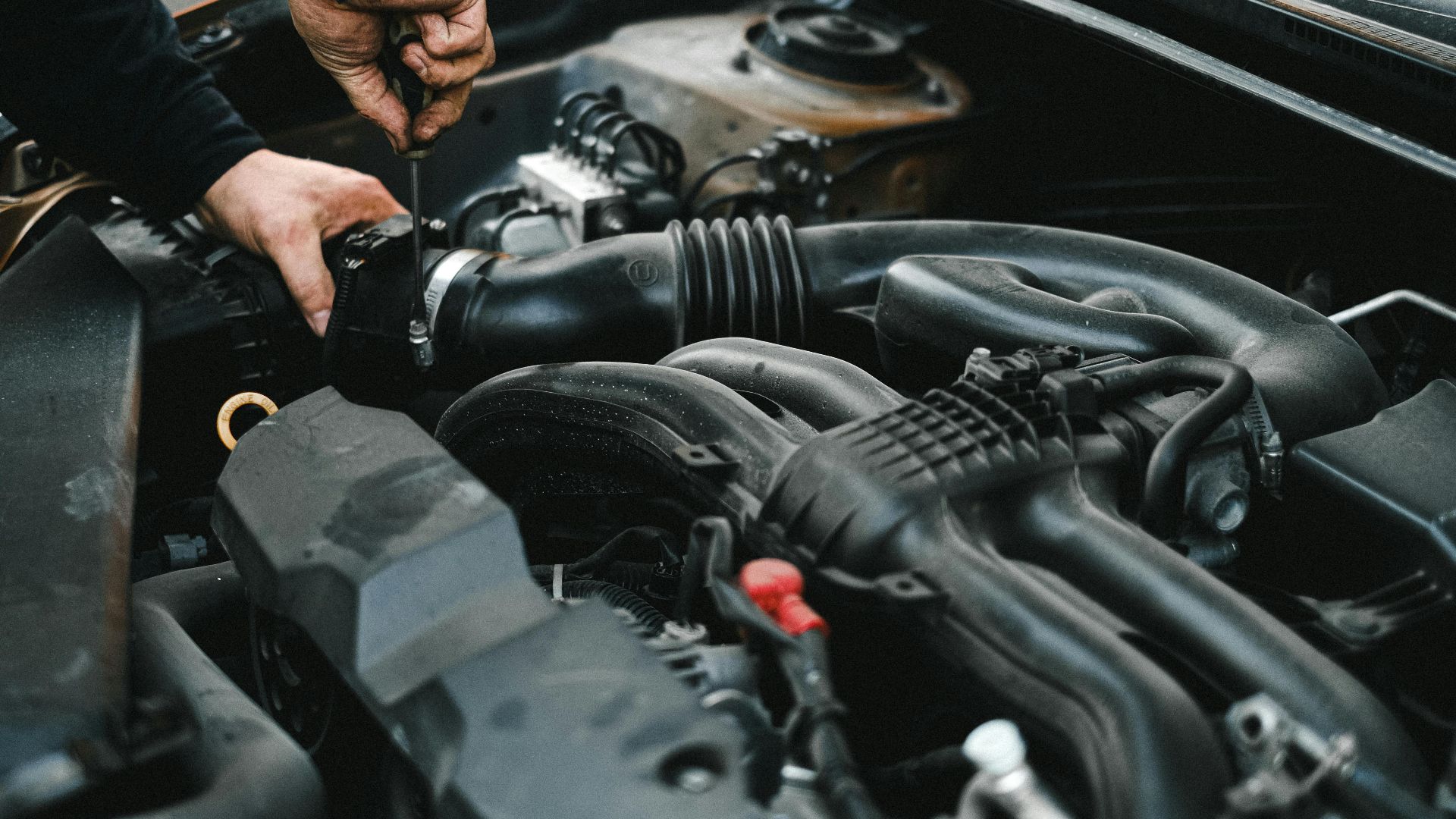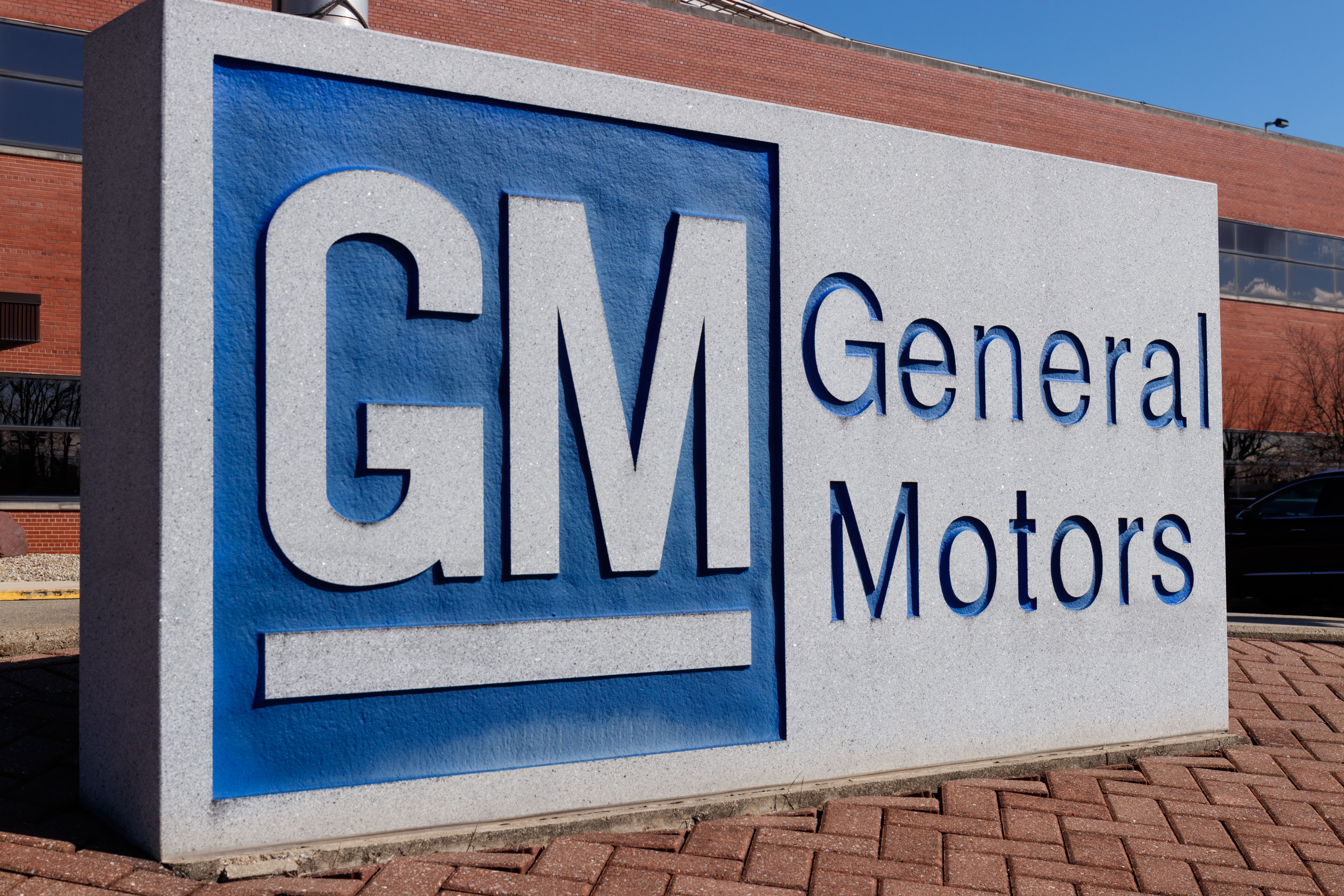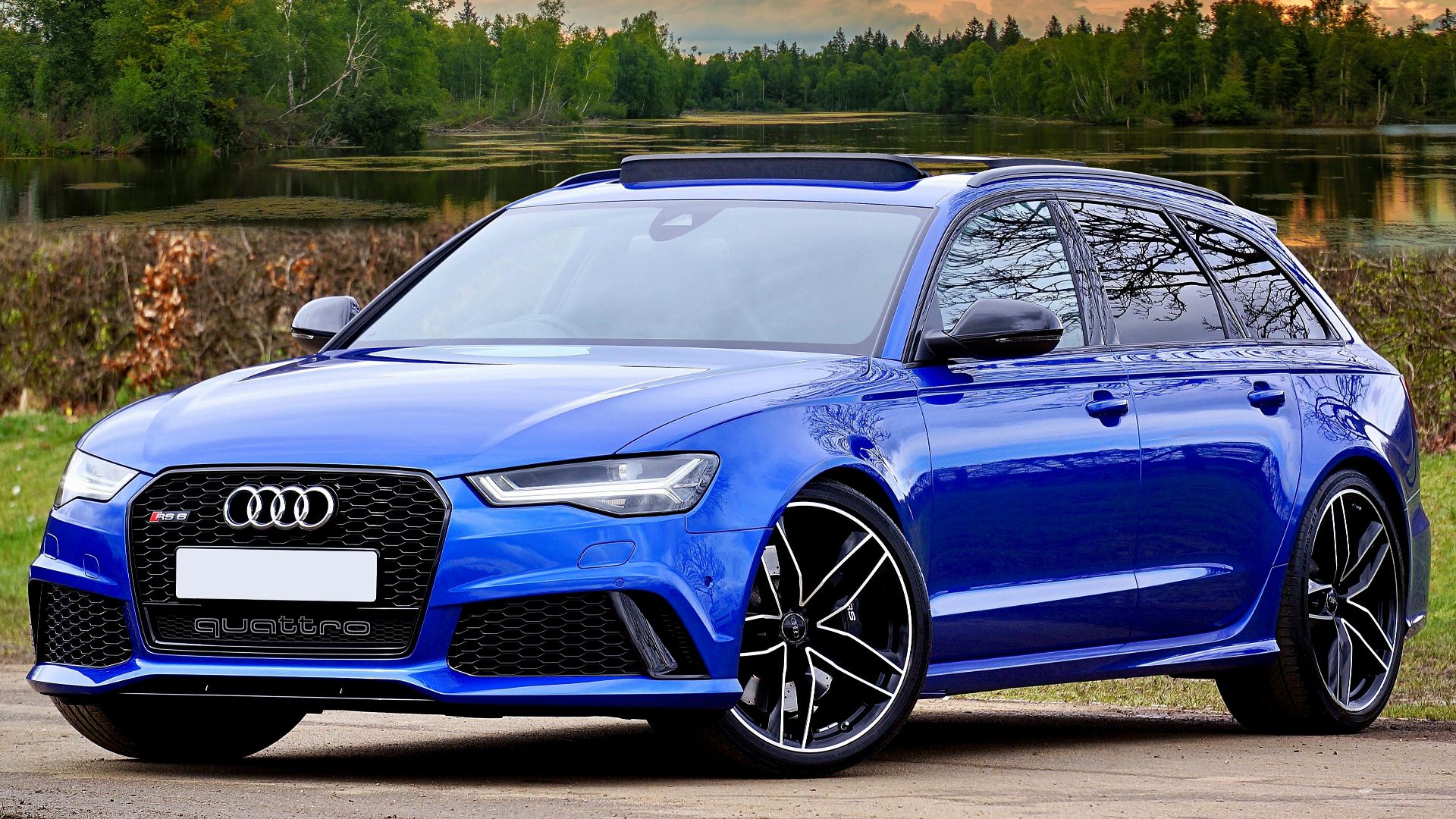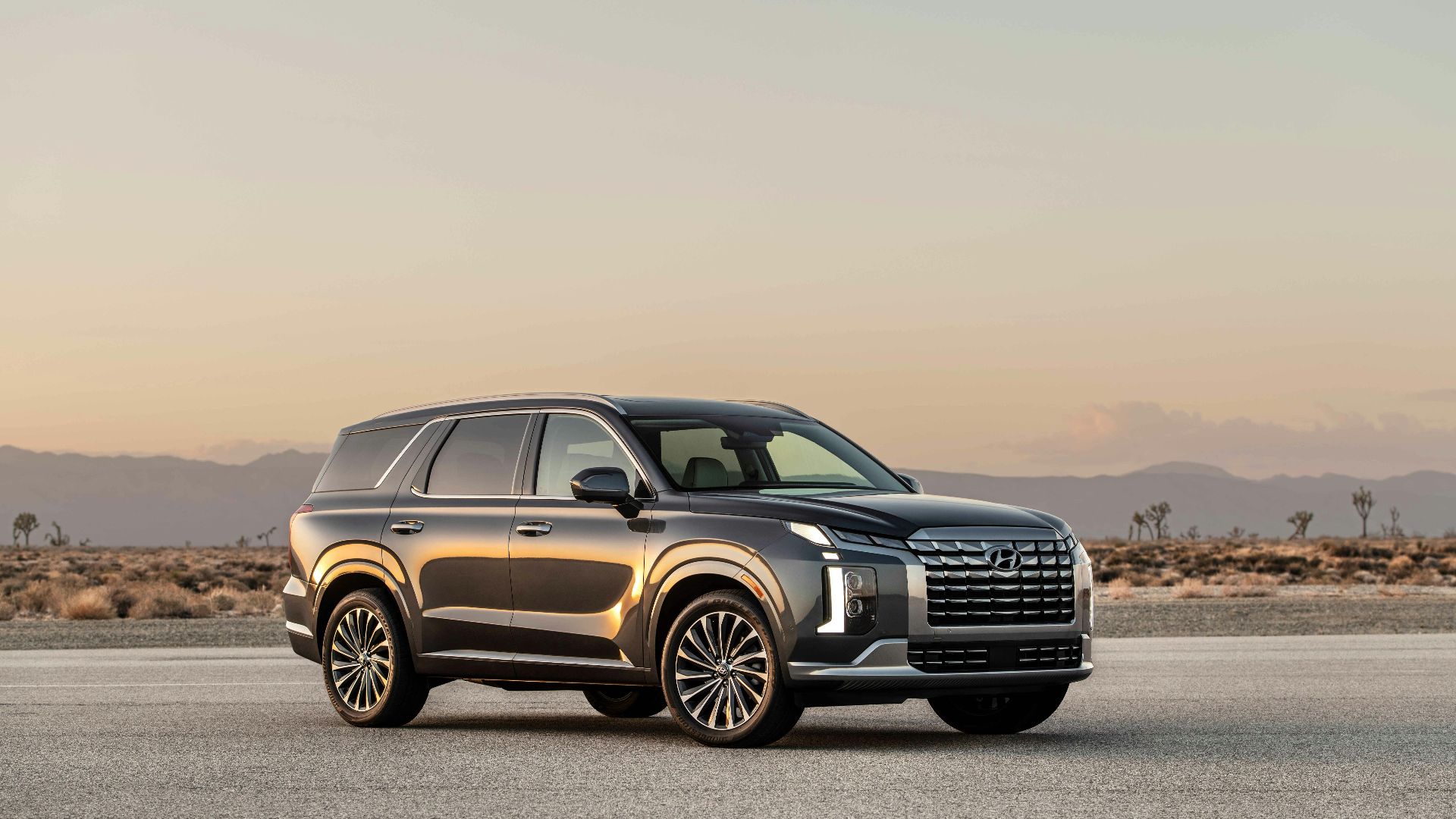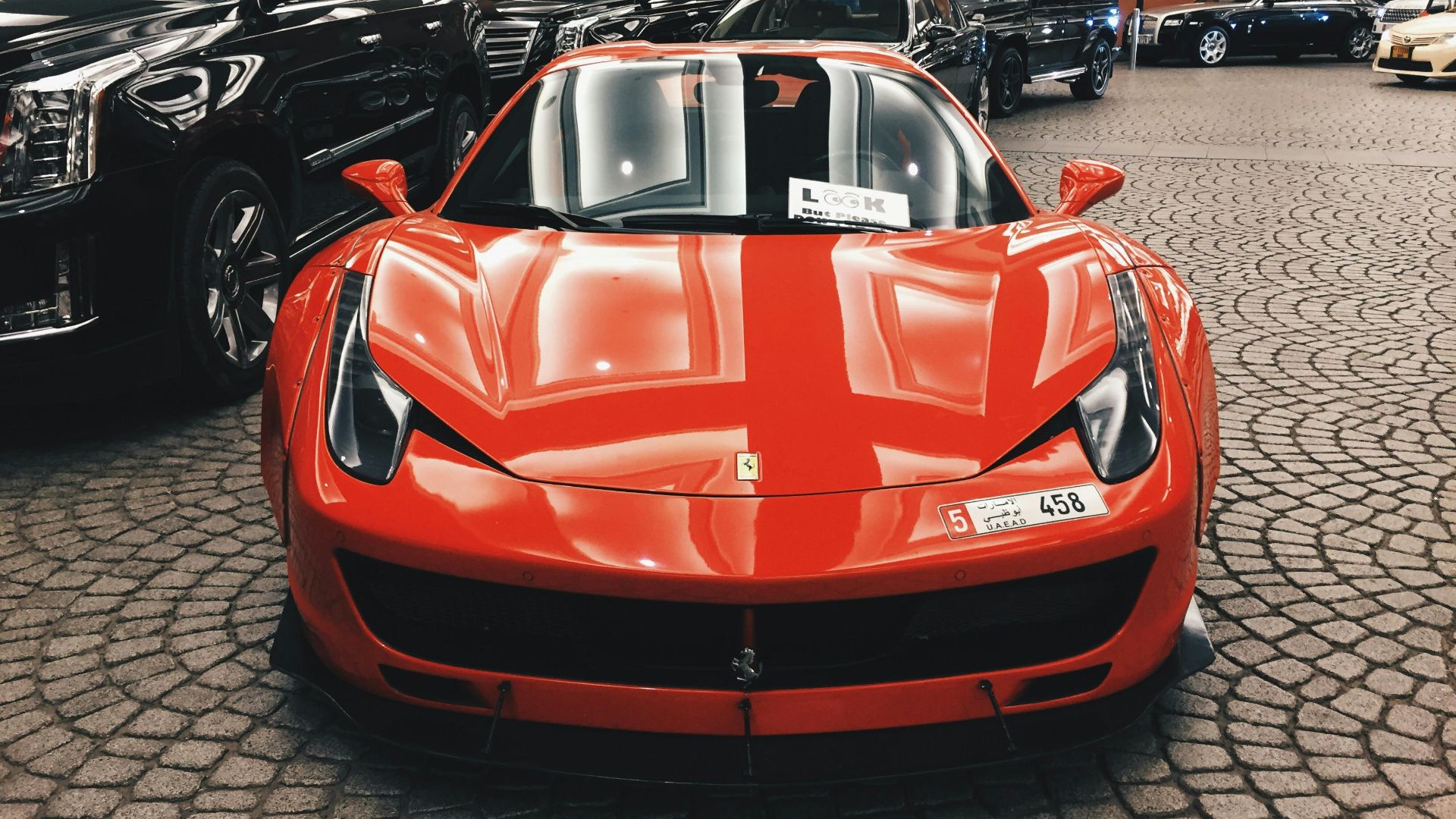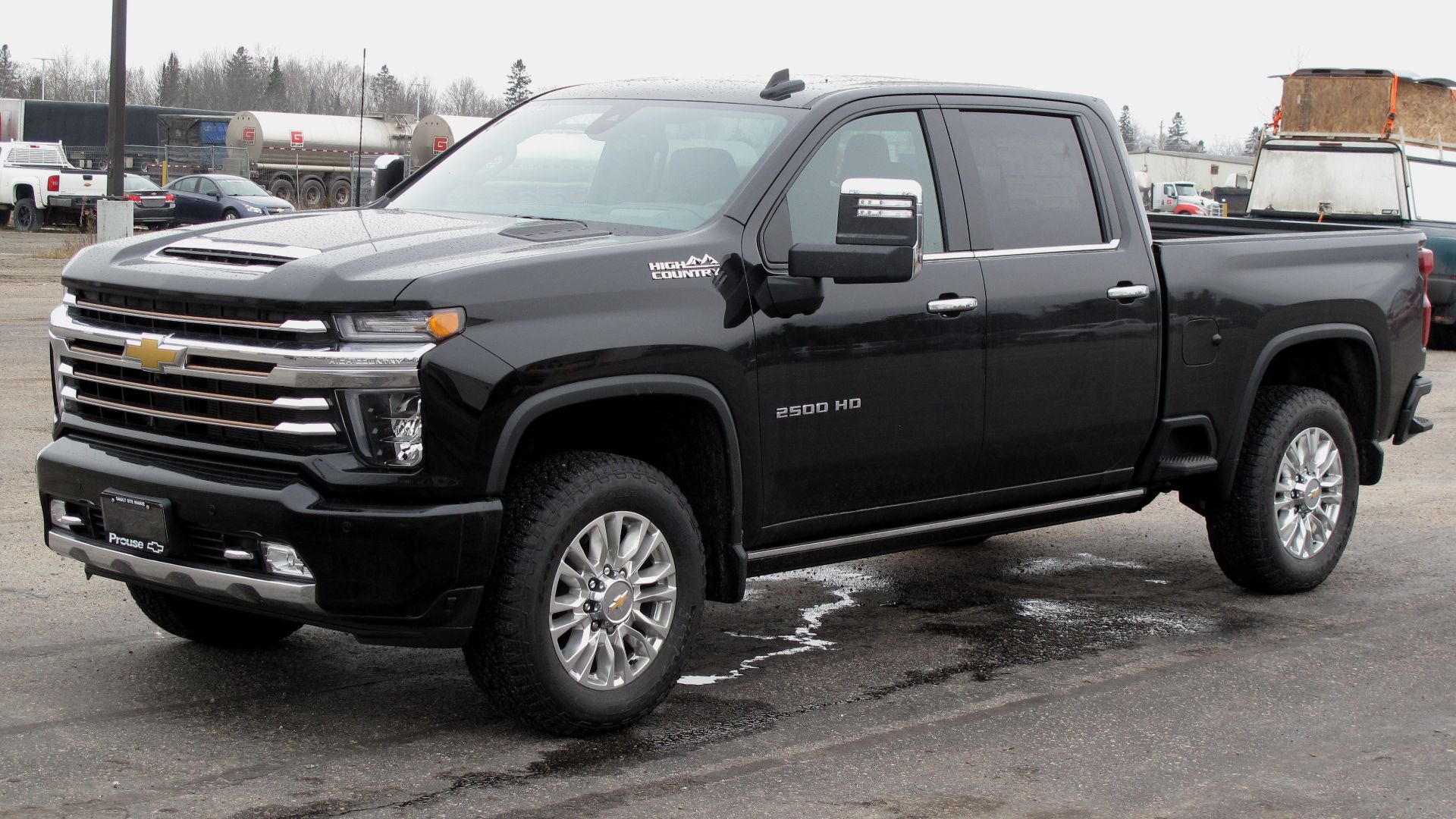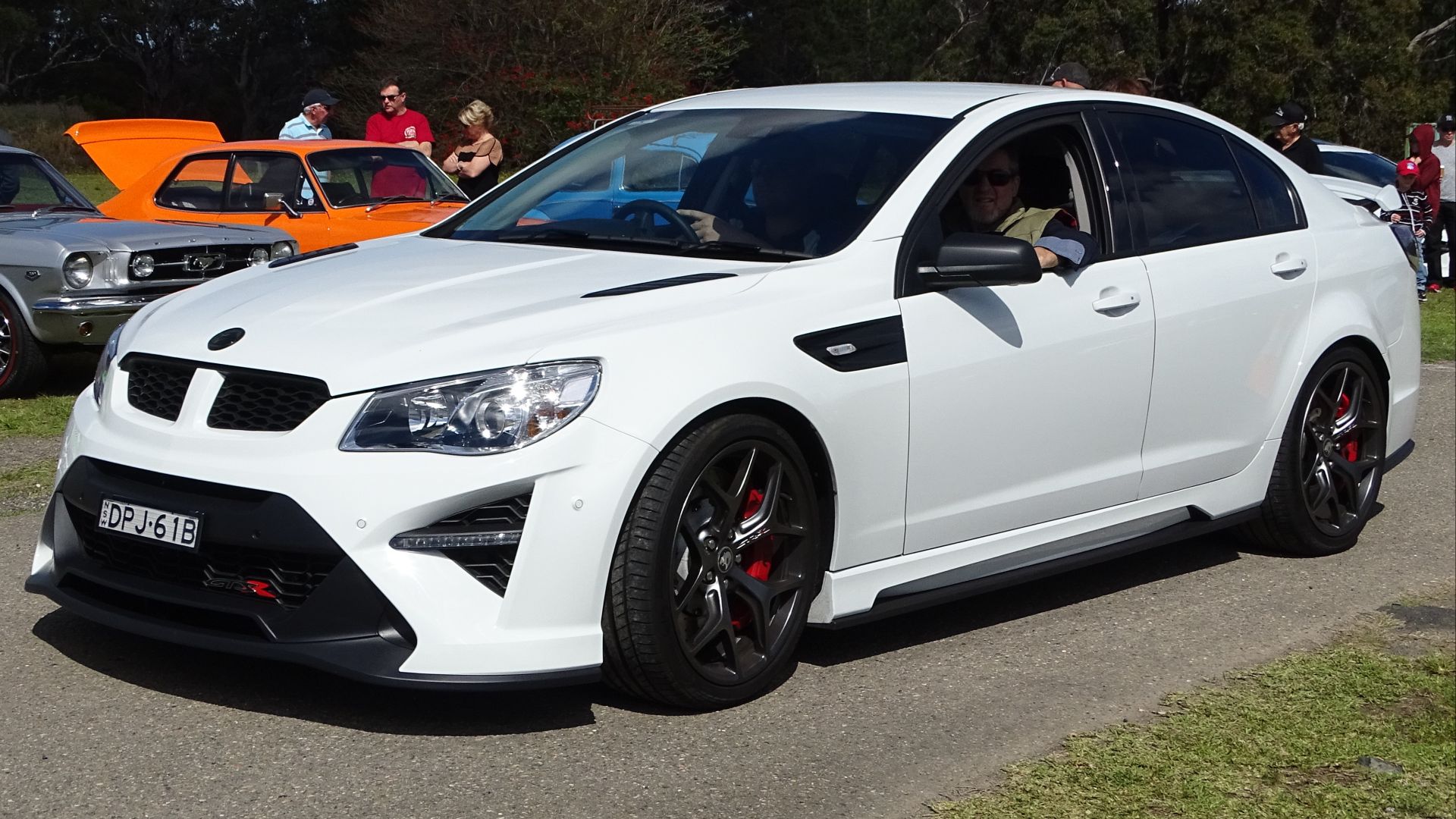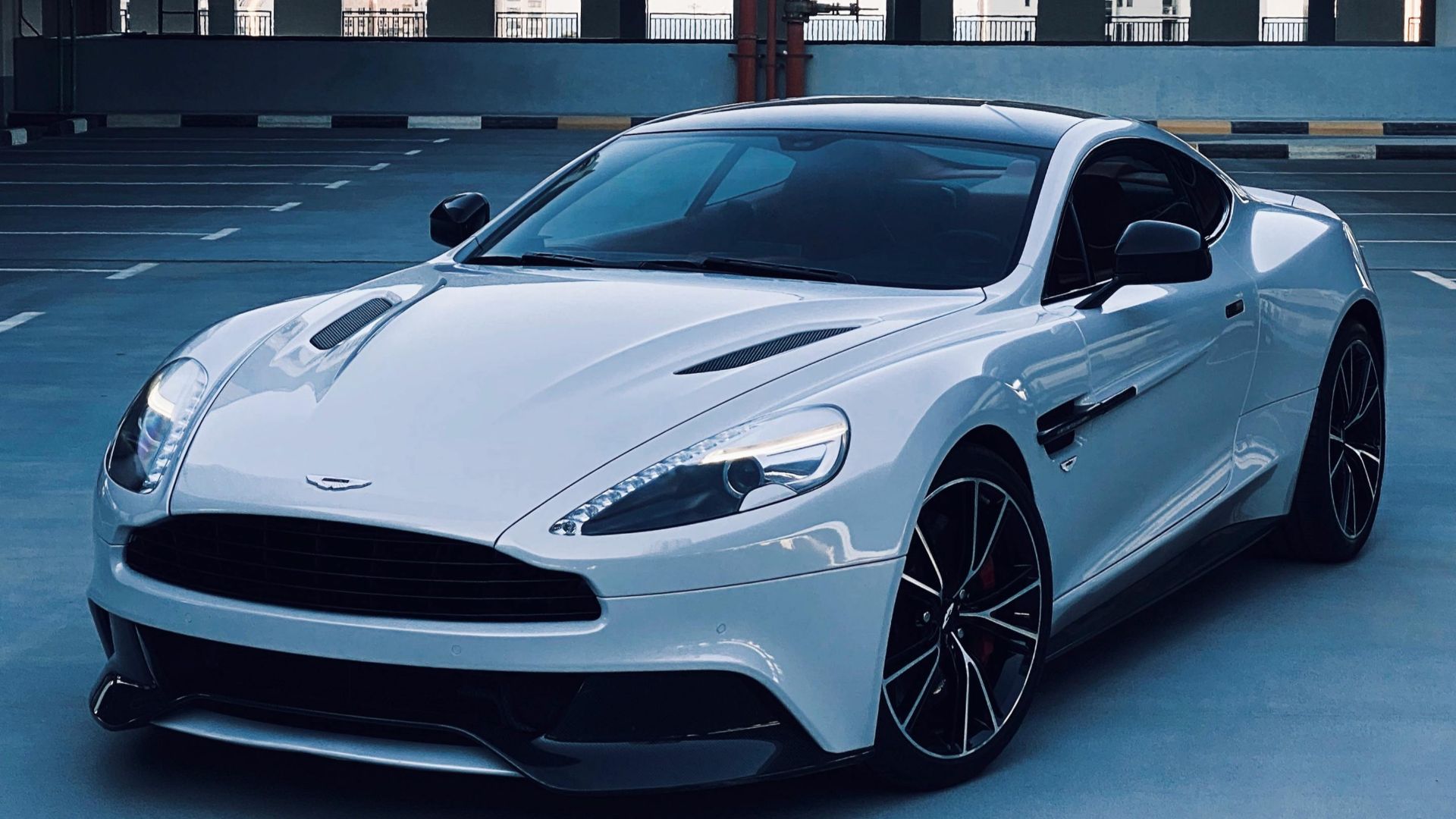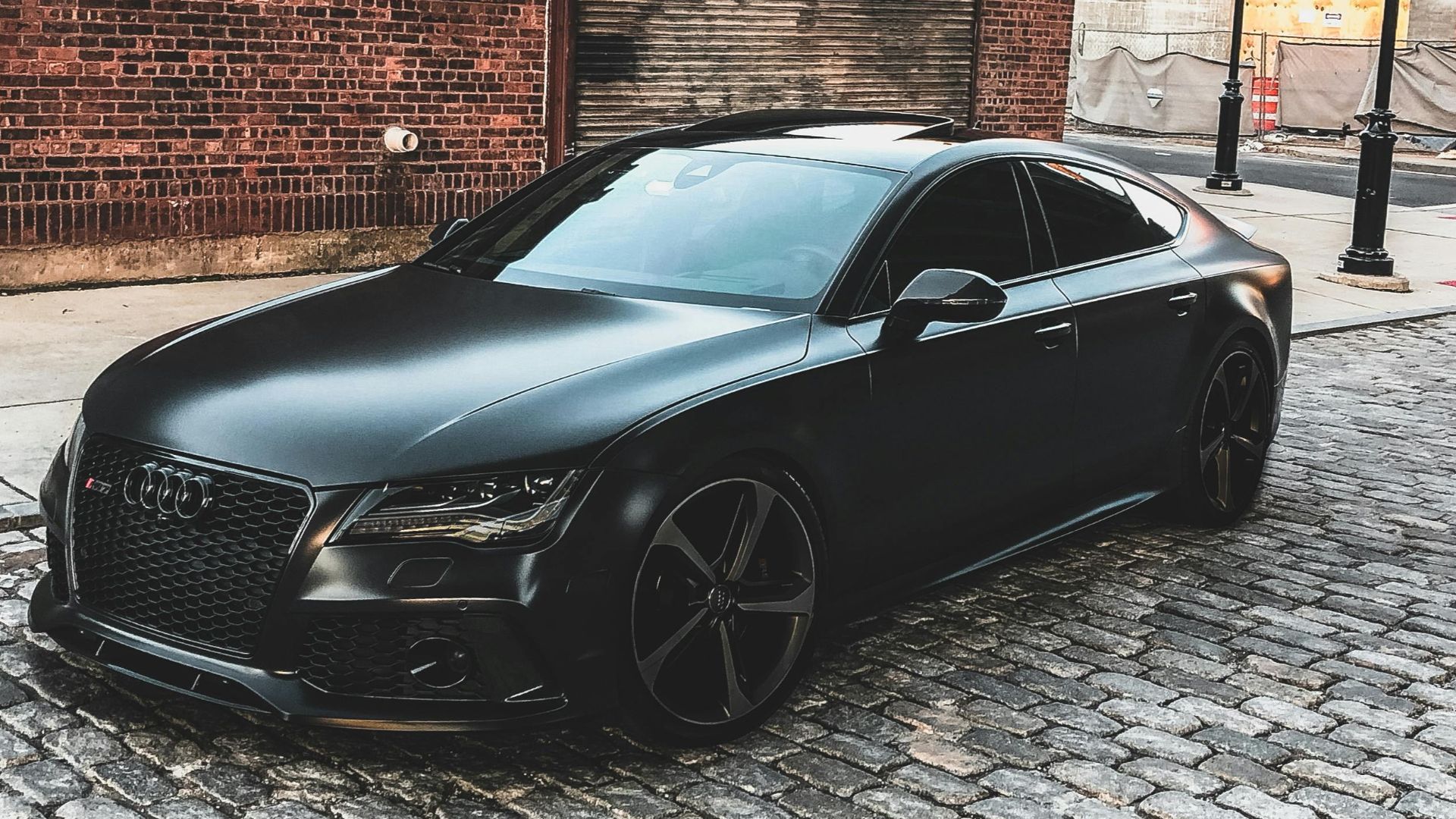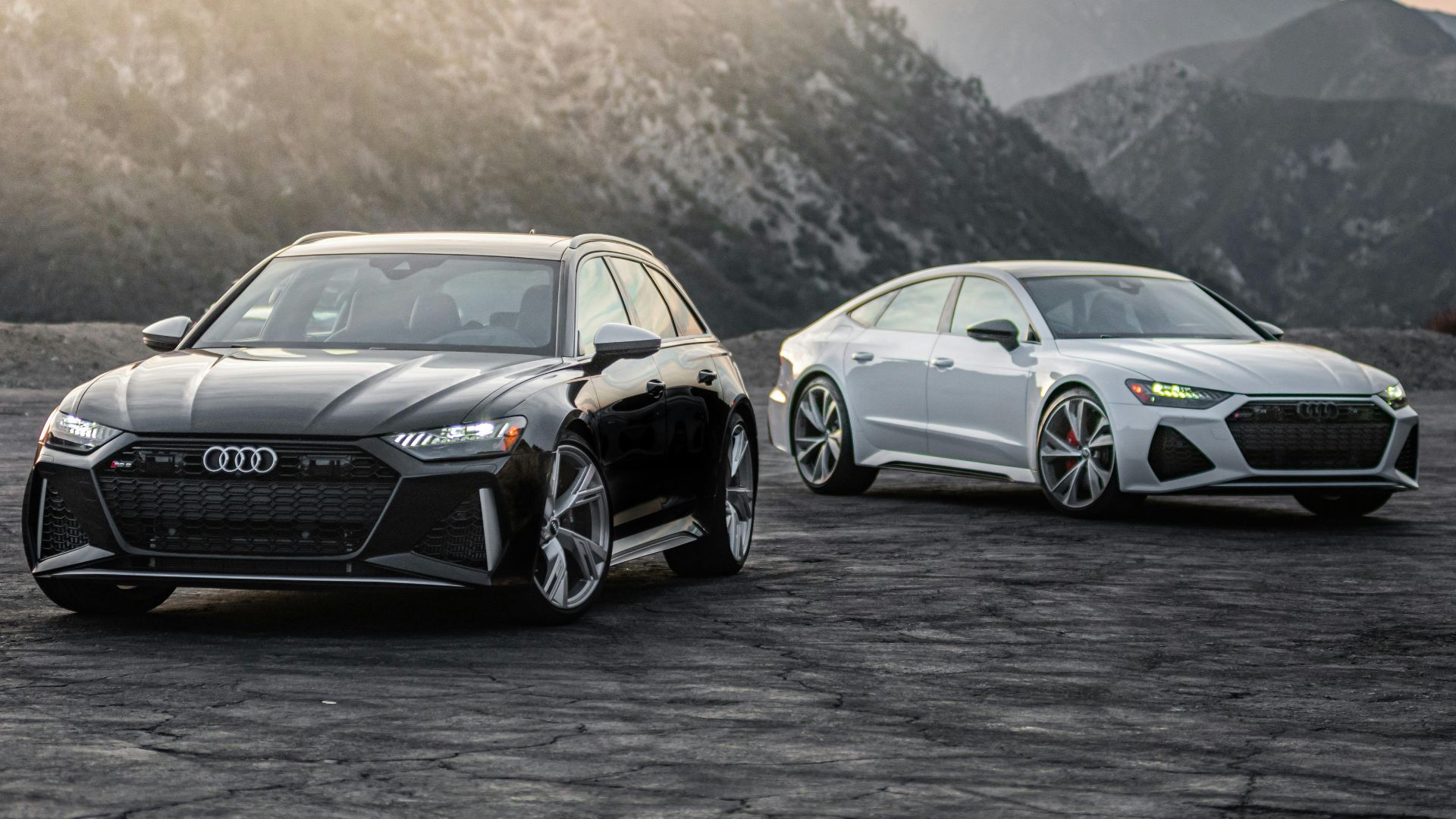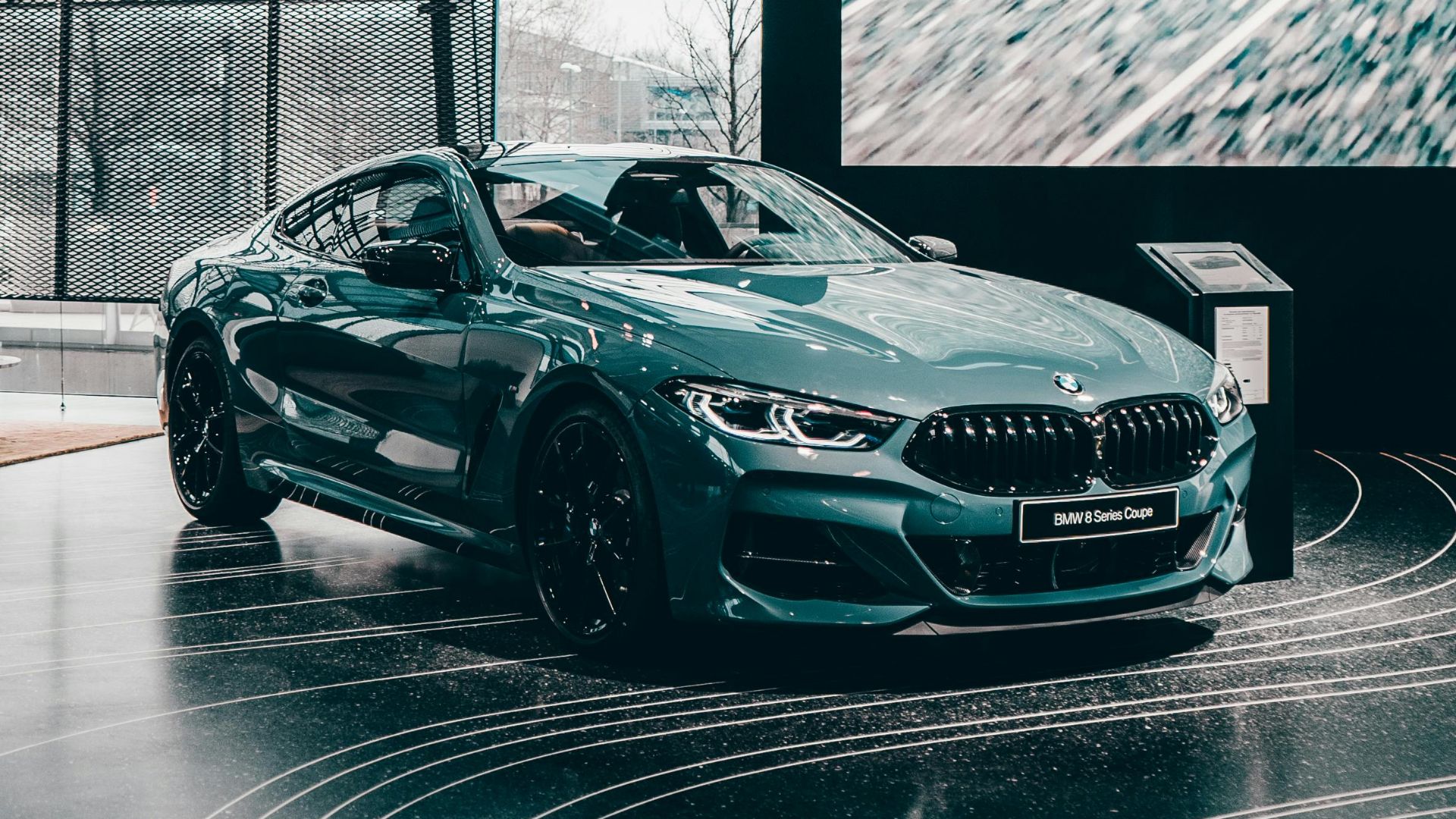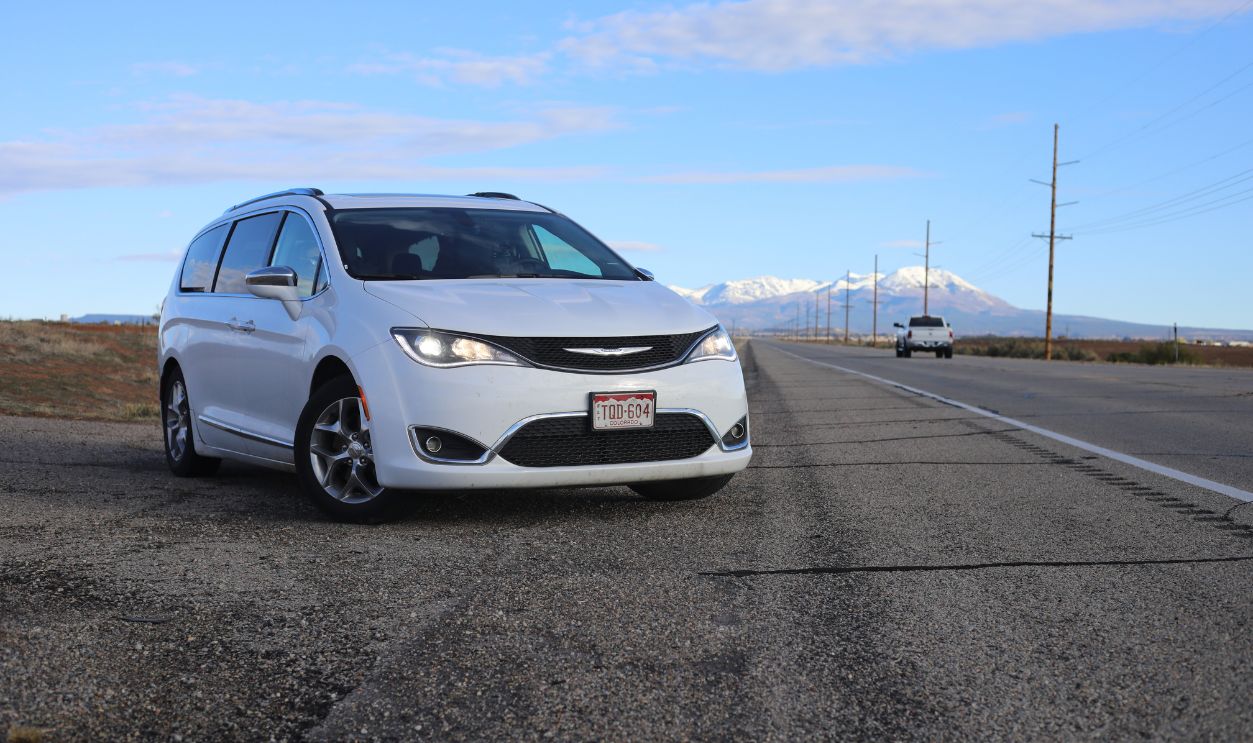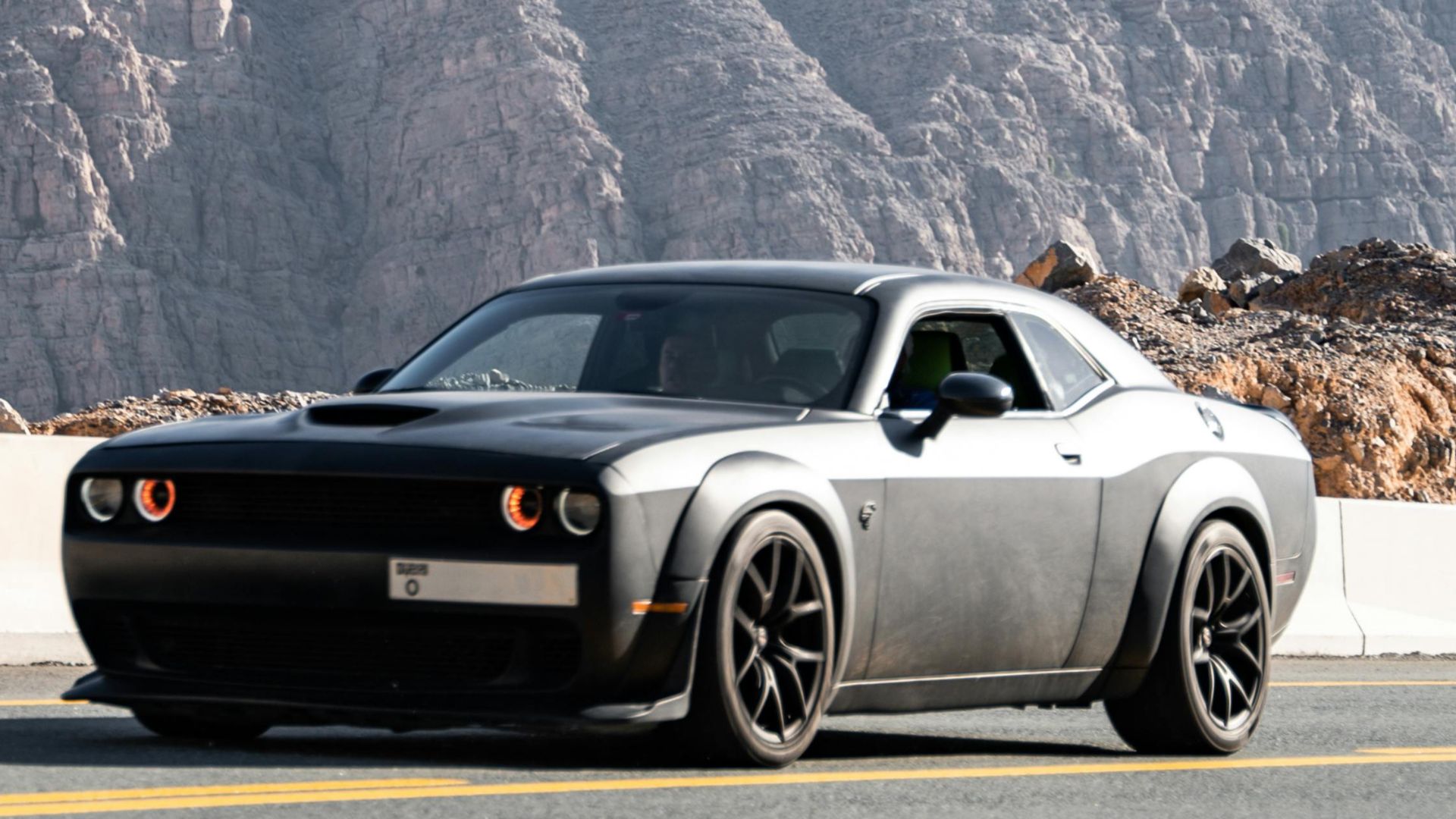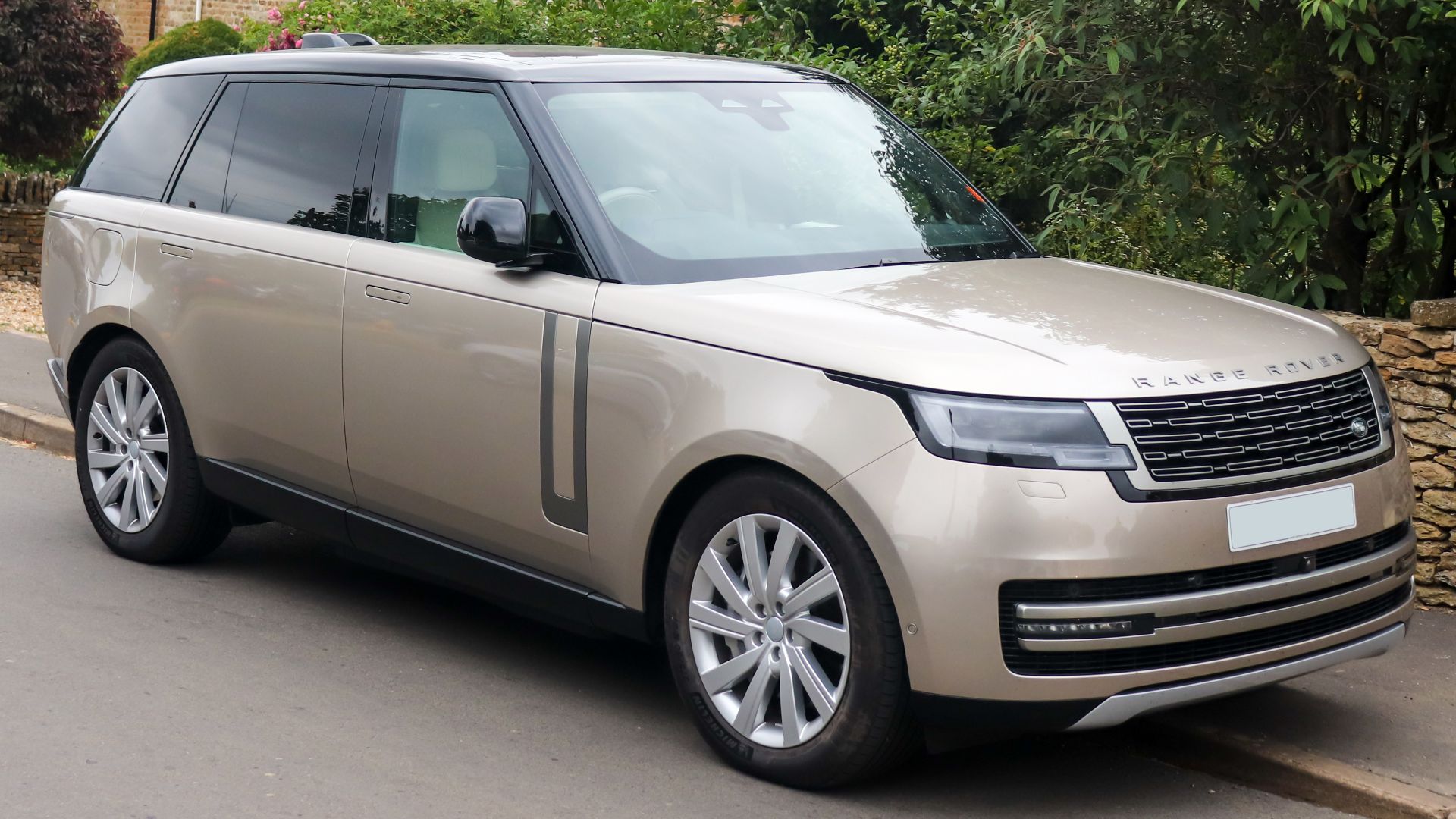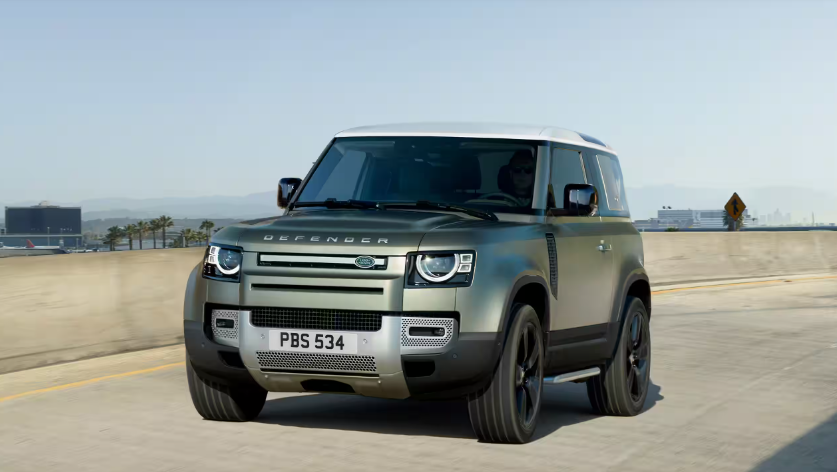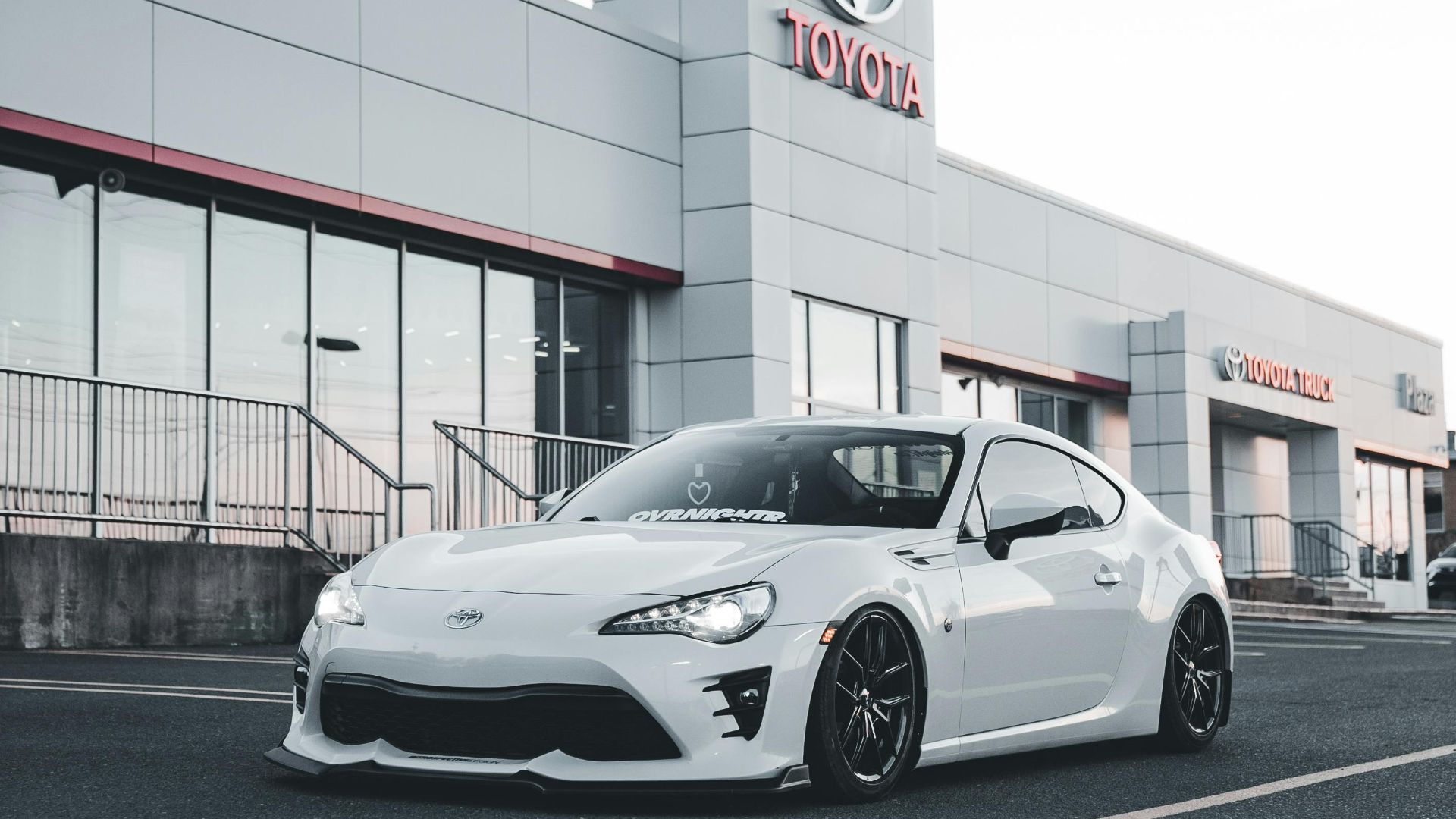Tariff Turbulence
Imagine waking up to find your dream car suddenly costs 5–15% more. That's the reality many Americans now face. The current administration introduced sweeping 25% tariffs on vehicles imported to America, dramatically altering the automotive scenario.

Impact Variations
The 25% tariffs apply to imported vehicles, forcing domestic and foreign manufacturers to scramble for solutions. While some companies temporarily absorb costs, others adjust production or pass expenses to consumers. The impact varies depending on where vehicles are built and how companies structure their operations.
April Deadline
As the clock struck midnight on April 3rd, the rules suddenly changed. Tariffs on imported cars took effect on Thursday, triggering immediate reactions across the industry. Some dealerships quickly began advertising "tariff-free" inventory—cars that had entered the country before the fateful date.
Parts Schedule
Car shoppers got a brief reprieve, but the other shoe was about to drop. While vehicle taxes started on April 3rd, the same on imported car parts wouldn't begin until May 3rd. This month-long gap gave manufacturers some breathing room to adjust their strategies and supply chains.
Parts Schedule (Cont.)
Apparently, the staggered implementation gave rise to a complex situation where companies had to prepare for two waves of economic impact. Analysts warned that even US-built vehicles would eventually feel the effects, as nearly all cars contain at least some imported components.
White House Goals
Manufacturing growth drives this automotive shakeup. The administration has made it clear that these tariffs aim to push carmakers toward increasing manufacturing operations within US borders. Officials basically envision a future where more vehicles and components are built domestically, creating American jobs.
Reciprocal Effects
What about the wide-ranging "reciprocal" tariffs we've been hearing about? Surprisingly, they won't be tacked onto the 25% auto tax. These separate tariffs have different implications across industries, but the automotive sector has been specifically targeted with its own distinct 25% rate.
Reciprocal Effects (Cont.)
The administration has put a 90-day pause on most of its reciprocal tariffs while still implementing a 10% base tariff on most goods. However, this pause doesn't apply to the auto tariffs, which moved forward as scheduled on April 3rd.
Executive Relief
The president signed two key executive orders in late April designed to ease the burden for automakers who build cars in the United States but source parts globally. One specifically addresses lowering levies on foreign-made parts when they're used in American-assembled automobiles.
Supply Protection
Protecting companies from multiple layers of taxation became a priority. The second executive order prevents “stacking”. This is when a single vehicle might be hit with several different tariffs. Models already subjected to the 25% import tariff won't face additional taxes for other tariff-eligible components.
Component Impacts
So, the parts tariff finally landed on May 3rd. That’s when the 25% import tax on engines, transmissions, and other important components officially began. Unlike the vehicle tariff, this measure received some modifications after businesses voiced concerns, though the administration stopped short of eliminating it.
Component Impacts: GM
General Motors has said that tariffs might cause it to face an estimated $5 billion in extra costs this year. This affects GM especially more because its supply chain is global, and complex parts are not easily or quickly sourced or manufactured in the US.
Mexican Integration
Factories south of the border received welcome news amid the uncertainty. Parts manufactured in Mexico in compliance with the USMCA free trade agreement will be spared the duties. Initially described as a temporary measure, customs instructions later suggested this exemption would likely remain permanent.

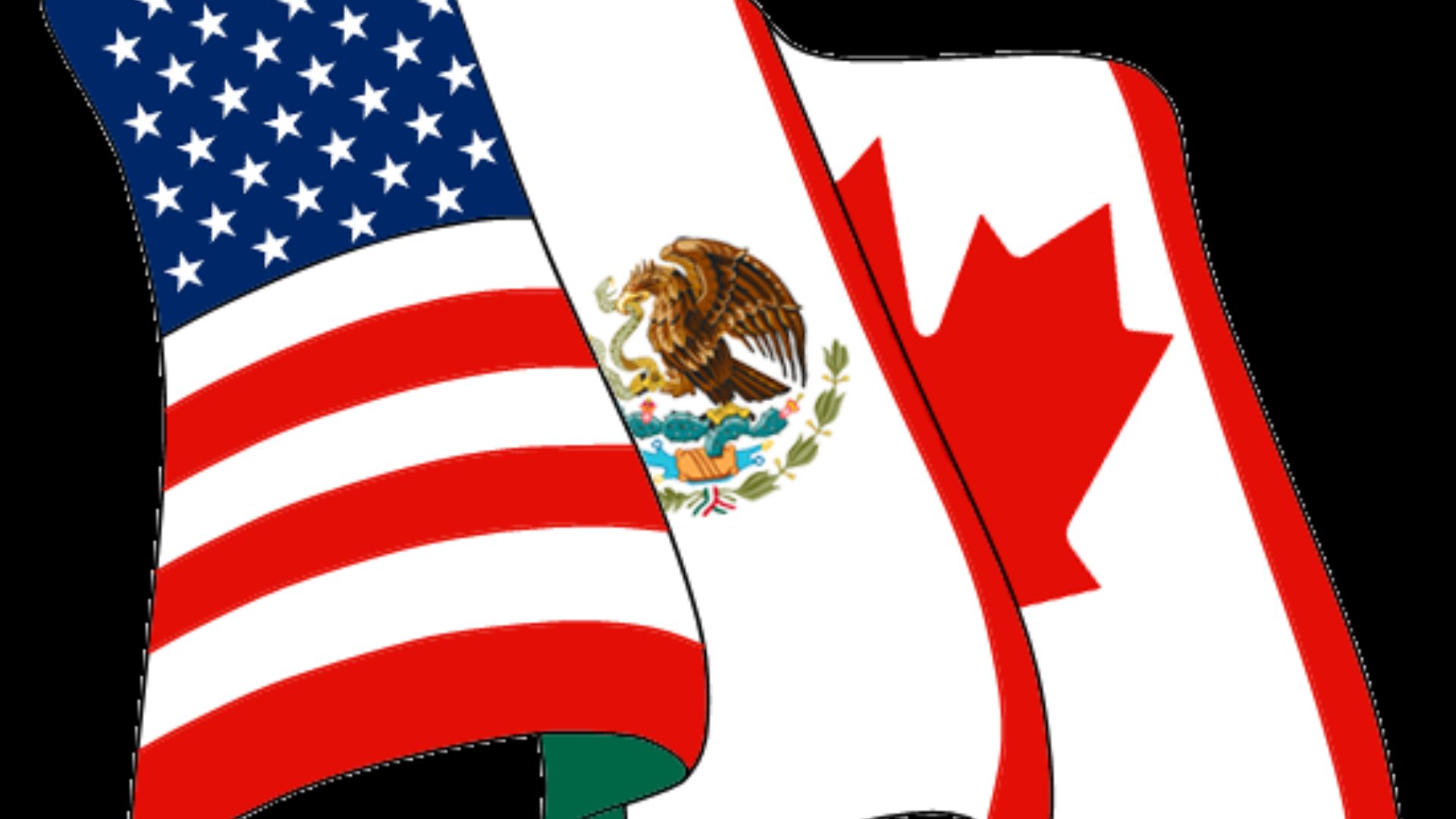 AlexCovarrubias, Wikimedia Commons
AlexCovarrubias, Wikimedia Commons
Northern Neighbor
Canada's automotive industry also breathed a sigh of relief with similar exemption clarity. The integrated nature of North American vehicle production meant Canadian parts suppliers faced potential devastation without protection. Canadian-made components comply with trade agreements and avoid the 25% tax.
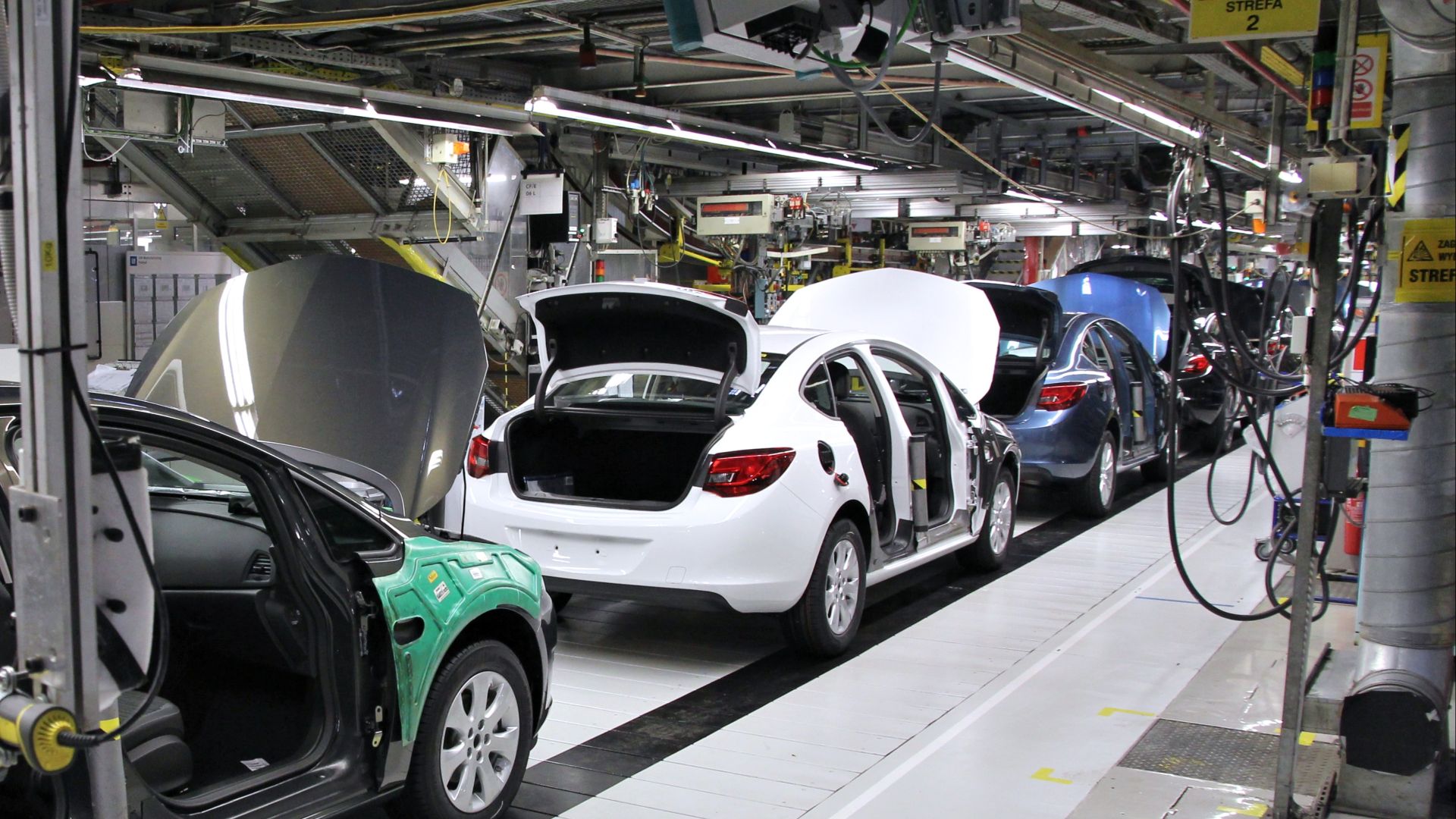 Marek Slusarczyk (Tupungato) Photo portfolio, Wikimedia Commons
Marek Slusarczyk (Tupungato) Photo portfolio, Wikimedia Commons
European Brands
European luxury manufacturers essentially felt immediate impacts from the new import policy. Famous brands like Audi reportedly halted all their US imports after April 2nd. Plus, BMW announced it wouldn't raise prices on most imported models until the end of June.
European Brands (Cont.)
Well, Mercedes-Benz committed to maintaining current model year pricing, absorbing significant tariff costs. The European brands, with their higher price points, have more margin to temporarily shield customers from the full 25% increase. Still, this strategy isn't sustainable long-term for even the most profitable manufacturers.
Asian Responses
Different approaches emerged from Asian automakers facing the same challenge. Hyundai and Genesis announced a "Customer Assurance" program, promising not to raise prices on current lineup vehicles for at least two months. Nissan took a creative approach by actually reducing prices.
Asian Responses (Cont.)
The brand literally dropped the rates of its bestselling Rogue and Pathfinder SUVs, both primarily built in Tennessee. Meanwhile, Mitsubishi paused all deliveries to its 330 US dealerships, relying on its approximately 100-day supply of tariff-free inventory already in the country.
Ferrari Pricing
This prancing horse raced ahead with its tax strategy before others. Ferrari was among the first automakers to respond publicly, raising prices for some of its most powerful models by 10%. This includes the Purosangue SUV, 12Cilindri grand tourer, and F80 hypercar.
Ferrari Pricing (Cont.)
However, the Italian manufacturer showed restraint with other models; the 296 GTB, Roma, and SF90 were spared from price increases. Despite these changes, Ferrari has reaffirmed its 2025 financial targets, though it warned of a potential 50 basis point reduction in profit margins.
Domestic Strategy
American manufacturers quickly leveraged their home-field advantage. Ford launched a nationwide "From America, for America" promotional campaign. It is about employee pricing for all customers on most models, which means buyers pay less than dealer invoice pricing, thousands of dollars off per vehicle.
General Motors
General Motors increased production of light-duty Silverado and Sierra pickups at its Fort Wayne, Indiana, facility. The company might hire several temporary workers and add extra workdays or overtime to boost output by about 50,000 trucks annually. This would be a rough 20% increase.
Factory Relocations: Honda
Production shifts also became a strategic priority overnight. Honda is moving production of the Civic Hybrid for the US market from Japan to its Indiana plant by this summer. The Saitama plant in Japan will soon cease Civic Hybrid production by June or July.
 Alexandre Prevot, CC BY-SA 2.0, Wikimedia Commons
Alexandre Prevot, CC BY-SA 2.0, Wikimedia Commons
Factory Relocations: Mercedes-Benz
Mercedes-Benz also said it will build a new high-volume model, likely the GLC-class SUV, at its Tuscaloosa, Alabama, plant starting in 2027. The Alabama facility already produces several SUV models and exports about 60% of its output. This decision aims to protect profit margins.
 Carol M. Highsmith, Wikimedia Commons
Carol M. Highsmith, Wikimedia Commons
US-Built Advantage
With the Chevrolet Camaro discontinued in 2023, only two major US-built two-door performance cars remain: the Chevrolet Corvette (Bowling Green, Kentucky) and the Ford Mustang (Flat Rock, Michigan). This exclusivity is heightened as the new Dodge Charger is now made in Canada.
US-Built Advantage (Cont.)
Because these cars are assembled in America, they avoid the steep tariffs that are driving up prices for most imported rivals, giving them a huge market advantage. Despite this, the Corvette and Mustang saw sales declines in early 2025. The Corvette dropped 21% and the Mustang 32%.
Sports Sedans
The Acura Integra Type S, built in the USA, also serves tariff-free performance with its widebody design and 320 hp turbocharged four-cylinder. The six-speed manual-only transmission and five-door liftback configuration create a distinctive sports sedan option that avoids import taxes despite its Japanese brand name.
Aston Martin
Aston Martin announced it would limit the number of automobiles imported to the United States, instead relying on existing dealer inventory. CEO Adrian Hallmark stated the company wouldn't pass the full tariff costs to customers, but also couldn't completely absorb them.
Aston Martin (Cont.)
In case you didn’t know, the US is Aston Martin’s largest market, accounting for over a third of its revenue. The company had already increased shipments to America ahead of the tariffs to bolster dealer stock, giving it some flexibility while it monitors the evolving situation.
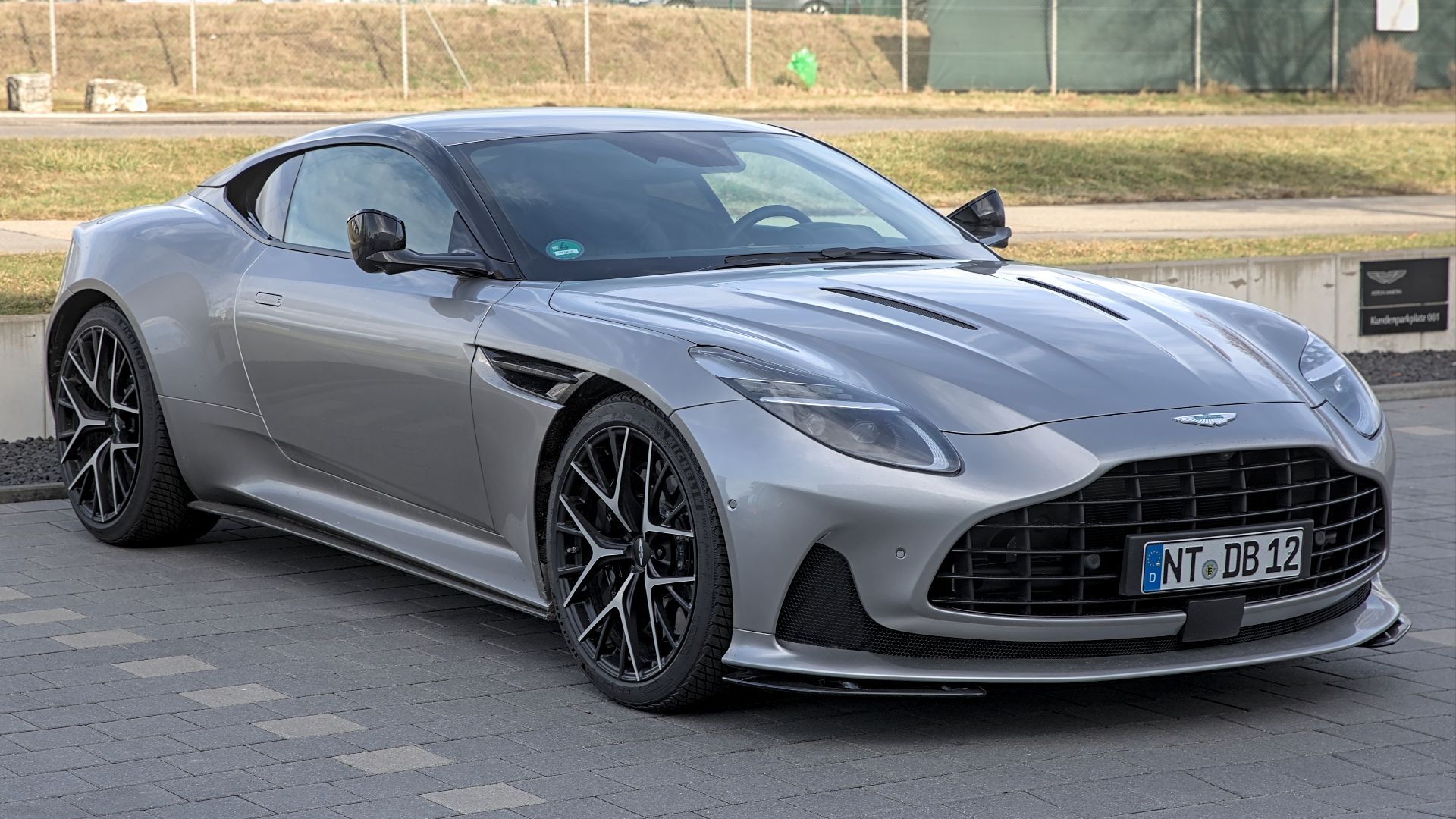 Alexander-93, Wikimedia Commons
Alexander-93, Wikimedia Commons
Audi Reactions
Audi stopped US imports following the tariff deadline. It held all vehicles that arrived after this date at US ports while allowing only those imported before April 3 to reach dealerships. Dealers currently have about 37,000 cars in inventory, enough for roughly 60 days of sales.
Audi Reactions (Cont.)
To clearly distinguish pre- and post-tariff vehicles, Audi began labeling untariffed models with “No Added Import Fee” and a $0 option code on invoices. This approach is similar to how destination fees are disclosed, providing customers with transparency about which vehicles are not subject to the tariff.
BMW Adjustments
This company informed American dealers that most imported models will not see price increases until the end of June 2025. However, the 2 Series Coupe and M2, both built at BMW’s plant in Mexico, received a 4% price hike starting with vehicles produced after May 1, 2025.
BMW Adjustments (Cont.)
The company has also reportedly postponed production of its electric vehicles during May. BMW has stated that these tariffs could reduce its 2025 earnings by over €1 billion, and its EBIT margin may drop by about one percentage point due to the increased costs.
Chrysler Production
After a brief pause, the iconic American brand resumed assembly operations. Operating under the Stellantis corporate umbrella, Chrysler restarted production of the Pacifica and Voyager minivans, which are exclusively built in Windsor, Canada. The initial production pause reflected the uncertainty surrounding tariffs on Canadian imports.
Dodge Resumption
Electric muscle cars faced their own tariff challenges. Like its Chrysler sibling, Dodge resumed production of the Canadian-built electric Charger Daytona at its Windsor facility. This next-generation muscle car replacement represents the brand's electrified future, making continuous production essential despite such complications.
Genesis Cares
The Genesis Cares initiative, launched by Genesis Motor America on April 4, 2025, guarantees that the Manufacturer's Suggested Retail Price (MSRP) for all new Genesis vehicles will remain unchanged through June 2, 2025. This two-month price protection provides customers with financial certainty amid market volatility.
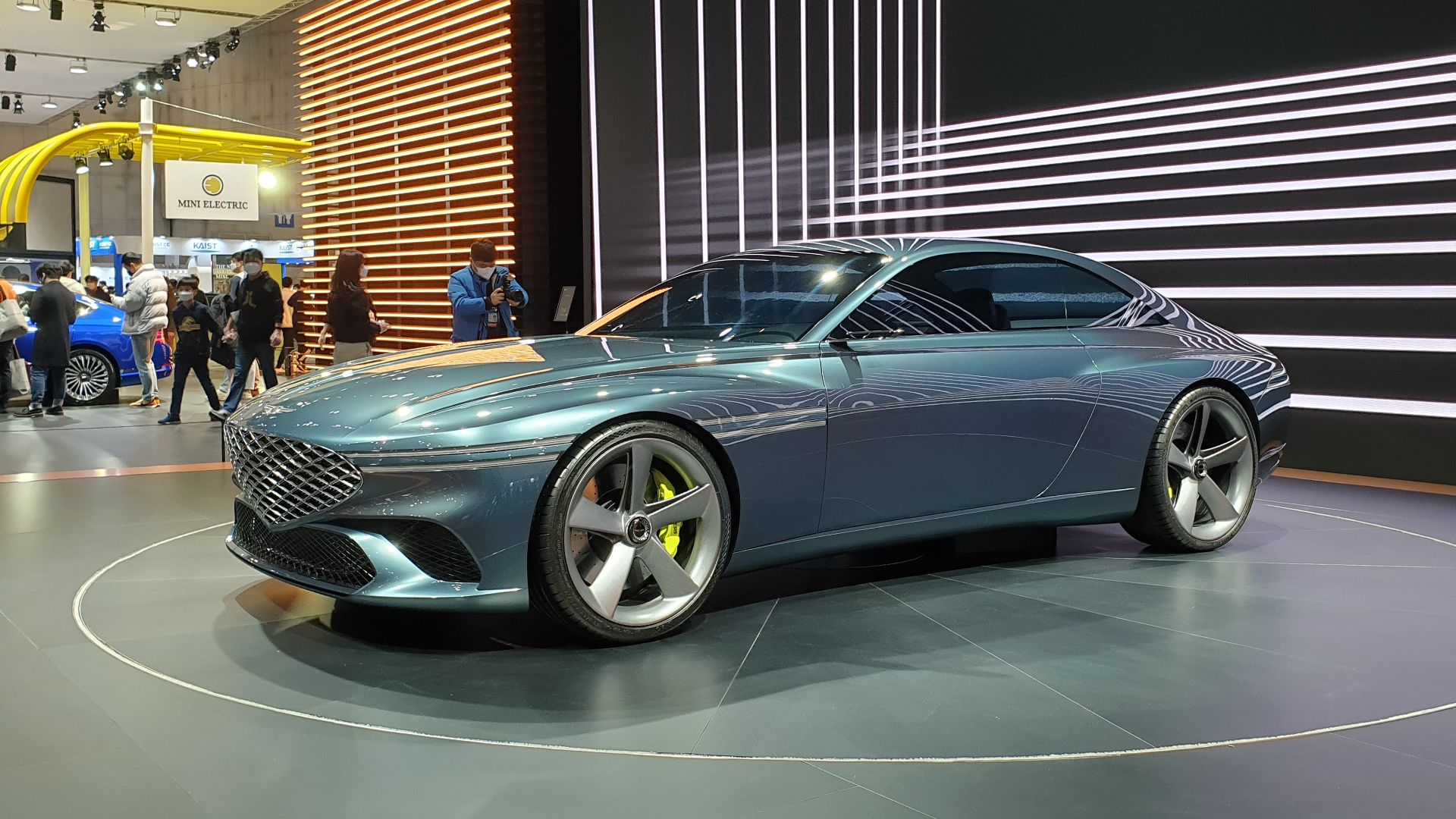 Damian B Oh, Wikimedia Commons
Damian B Oh, Wikimedia Commons
Genesis Cares (Cont.)
Global head Mike Song explained that while the brand couldn't indefinitely maintain pre-tariff pricing, it wanted customers to have time to adjust to the new reality. The program aligns with Hyundai Motor Group’s broader $21 billion investment in US manufacturing and innovation from 2025 to 2028.
Ineos Challenges
Double taxation affected specialty manufacturers particularly hard. The British-owned Ineos faced not only the new 25% vehicle tariff but also the decades-old 25% "chicken tax" on its QuartoMaster pickup. Despite this potential 50% tax burden, the company limited price increases to just 5-10% across its lineup.
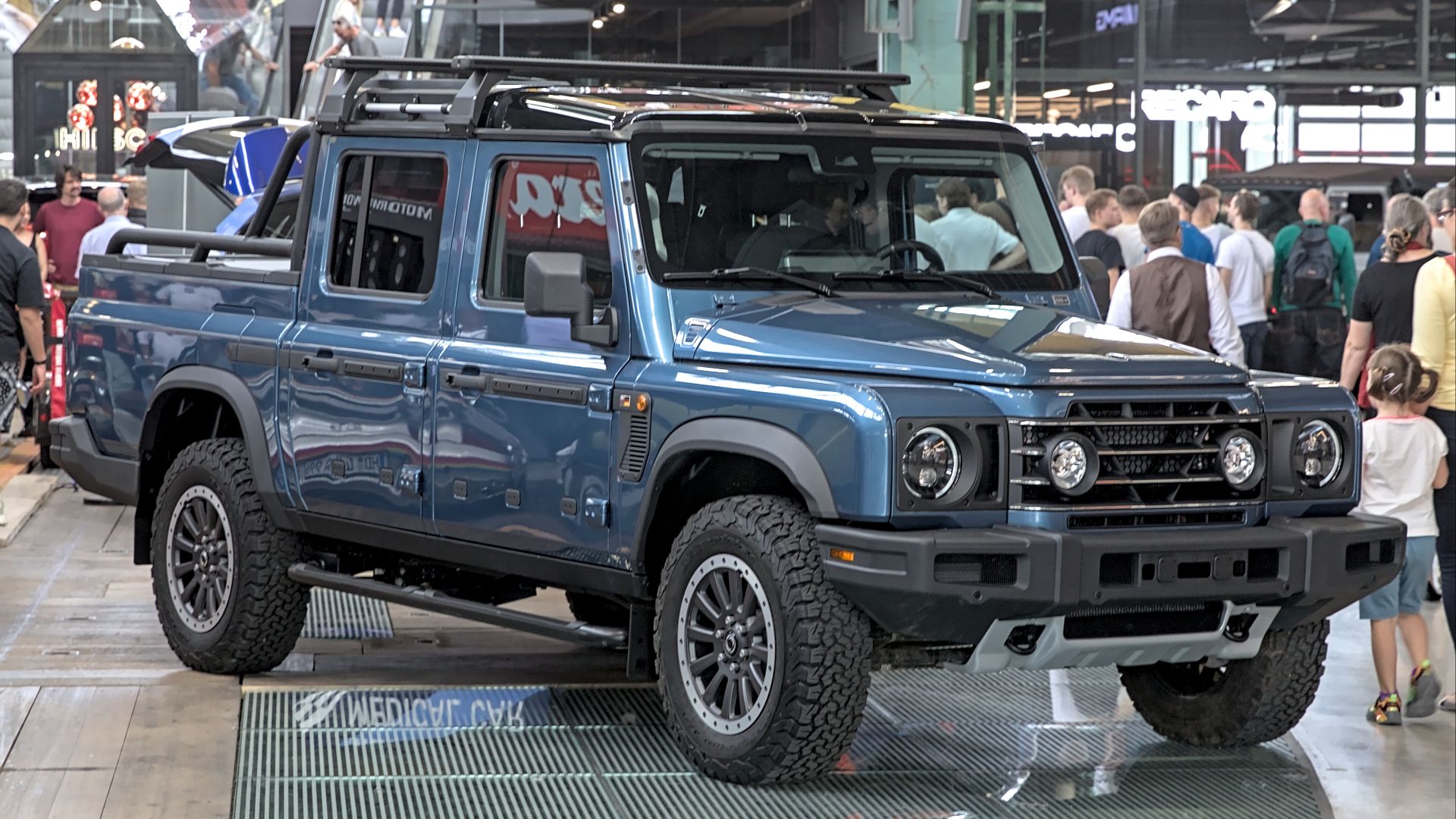 Alexander-93, Wikimedia Commons
Alexander-93, Wikimedia Commons
Ineos Challenges (Cont.)
Orders for the Grenadier SUV placed before April 3, 2025, are fully price-protected and not subject to the new tariff at delivery. Ineos is absorbing much of the tariff cost itself, with CEO Lynn Calder emphasizing the company’s commitment to shielding American customers.
British Imports
Land Rover and Jaguar suspended American shipments for about a month in April 2025. JLR described the US as an "important market" and said the pause was necessary to reassess its strategy and develop short- and long-term responses to the new trading environment.
British Imports (Cont.)
Shipments resumed in early May, with the first post-pause vehicles leaving the UK on April 30 and expected to reach US ports around May 20. JLR is now working closely with business partners, but has mentioned that customers could see price increases.
 U.S. Marine Corps photo by Chief Warrant Officer Izzel Sanchez, Wikimedia Commons
U.S. Marine Corps photo by Chief Warrant Officer Izzel Sanchez, Wikimedia Commons
Korean Investment
Long-term American manufacturing commitments shaped Kia's approach. While sister brands announced temporary price guarantees, Kia emphasized its substantial $21 billion investment in US production capacity. The company highlighted its expansion to 1.2 million vehicles across facilities in Alabama and Georgia.
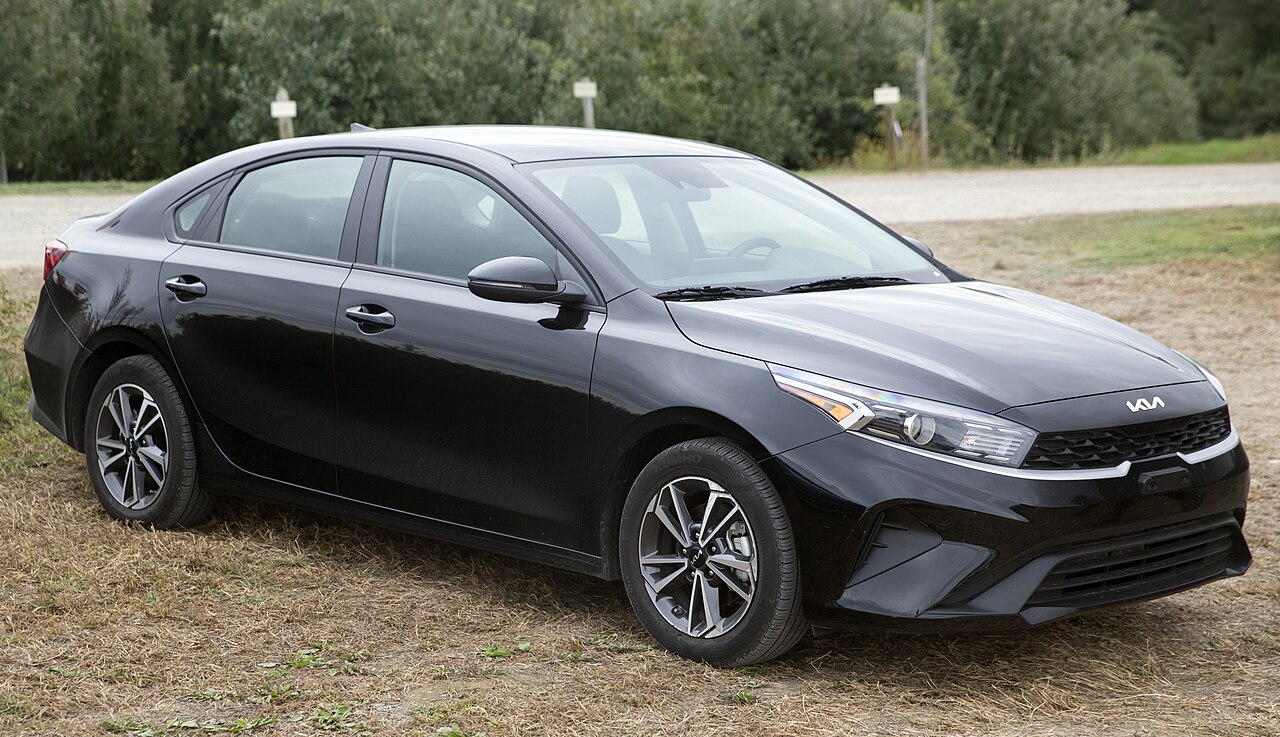 Mr.choppers, CC BY-SA 3.0, Wikimedia Commons
Mr.choppers, CC BY-SA 3.0, Wikimedia Commons
Korean Investment (Cont.)
The Savannah Metaplant alone will ramp up to 500,000 vehicles per year, focusing on electric and hybrid models. It is part of the largest economic development project in Georgia’s history. This investment also includes $6 billion to localize parts and strengthen supply chains.
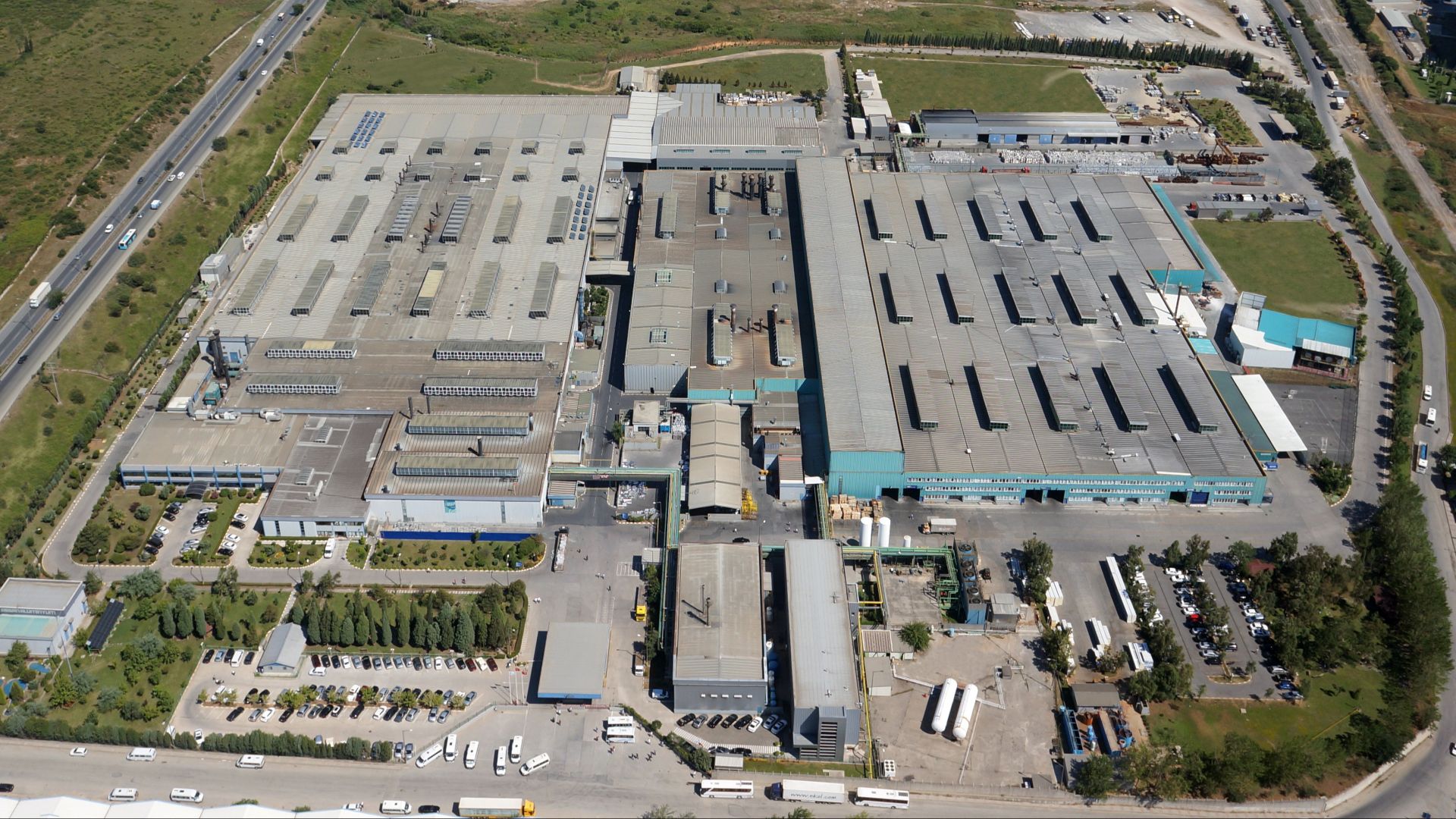 Kibar Holding, Wikimedia Commons
Kibar Holding, Wikimedia Commons
Subaru Outlook
This Japanese manufacturer was one of the only brands to maintain uncharacteristic silence during industry turmoil. When contacted by Car and Driver about potential price changes or production adjustments, a Subaru spokesperson simply stated the company had nothing to share at the time.
Consumer Rush
"There is absolutely panic buying going on," said Celebrity Motor Car owner Tom Maoli, as expected. Hyundai reported record March sales, while Toyota saw increased traffic. Apparently, an AutoPacific survey found 18% of shoppers accelerated purchases specifically to avoid tariff-related price increases.









